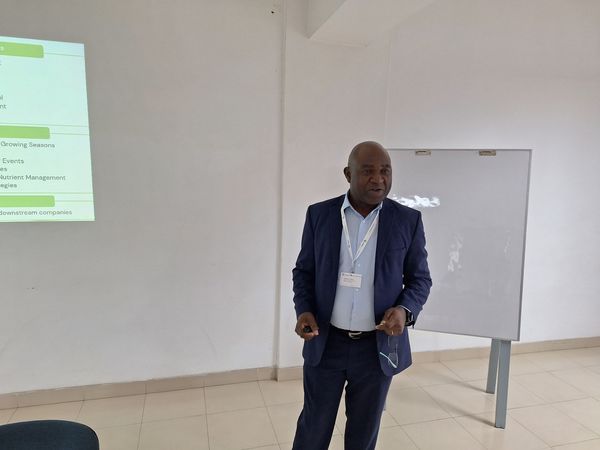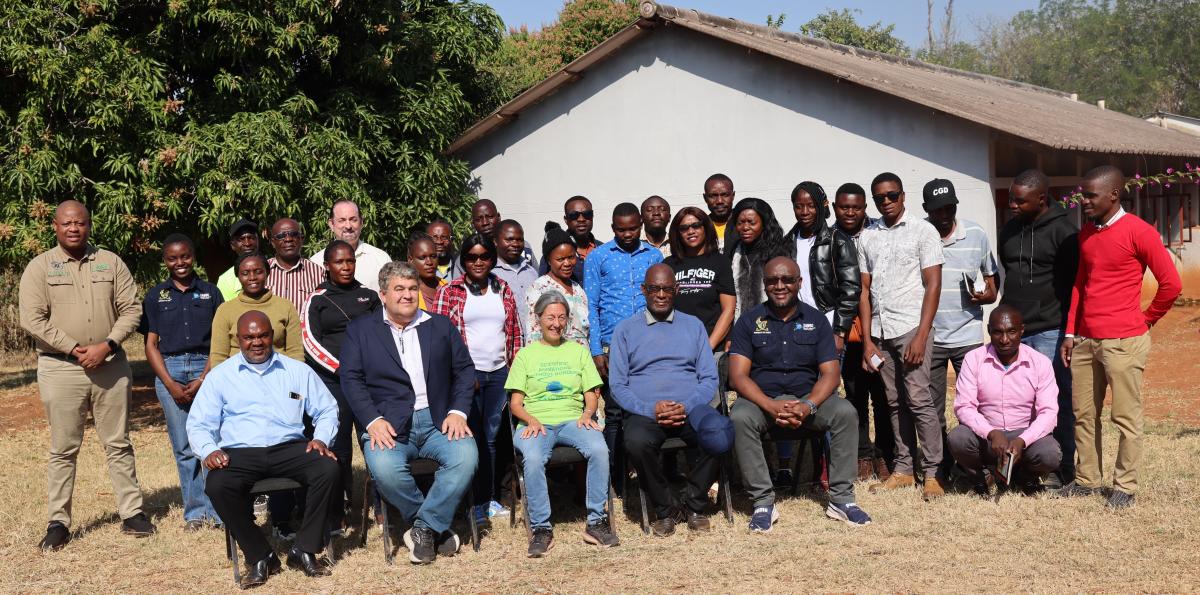Climate Change Impacts on Rural Based Women: Emerging Evidence on Coping and Adaptation Strategies in Tsholotsho, Zimbabwe
Climate change is one of the major challenges that are confronting developing countries. Rural women in Zimbabwe are one of the most hard hit populace groups. The study sought to investigate how rural women are affected by climate change in relation to their livelihoods. It also explores women’s perception of climate change and the effects of those perceptions on adapting to climate change. Emphasis is made on the effects of climate change on crop production, livestock production and water sources focusing on Tsholotsho District in Zimbabwe. The study used a qualitative approach to obtain data on the effects of climate change. One of the major findings of the study was that the impact of climate change undermines women’s livelihoods which are rain-fed thus leading to accelerated food insecurity problems and heightened impoverishment. The paper concludes that women in rural areas must be prioritized in development programming especially in agriculture to ameliorate impending and inevitable climate change induced food insecurity.
Women,
Rural based,
Livelihoods,
Adaptation,
Zimbabwe
Keith Phiri, Sibonokuhle Ndlovu, Tanyaradzwa Bonga Chiname. (2014). Climate Change Impacts on Rural Based Women: Emerging Evidence on Coping and Adaptation Strategies in Tsholotsho, Zimbabwe. p.2552. http://www.mcser.org/journal/index.php/mjss/article/view/4819/4673









